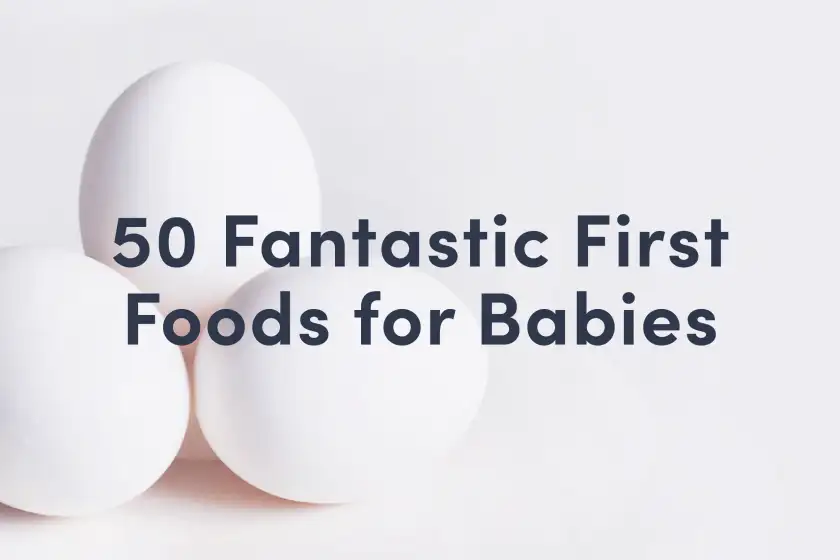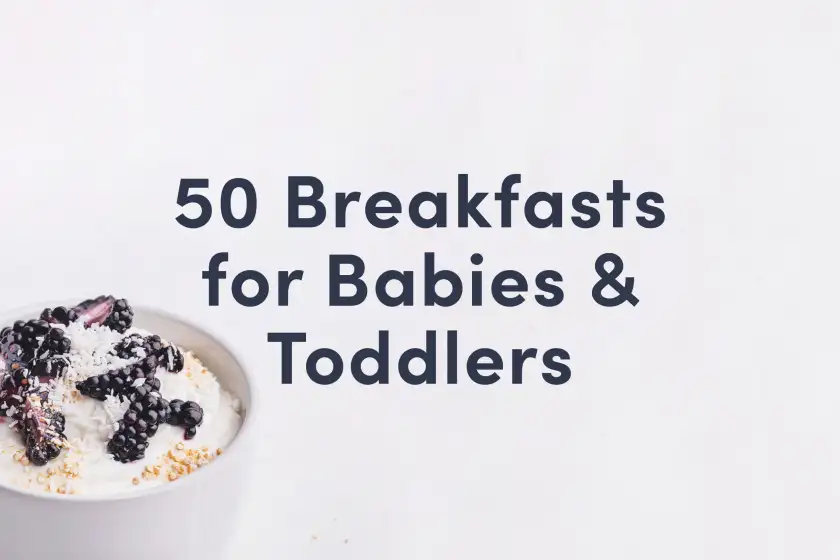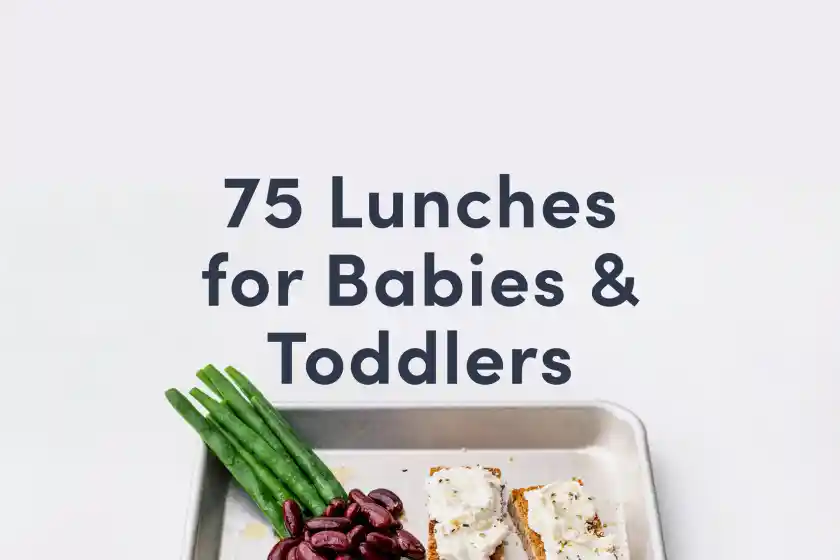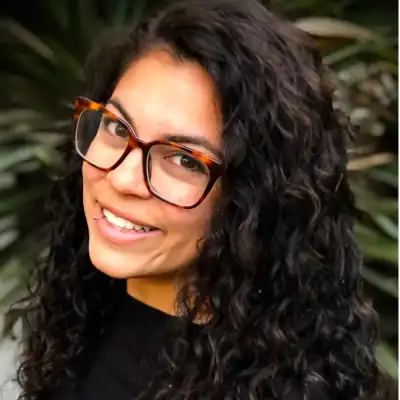Pumpkin
Vegetable
Age Suggestion
6 months
Iron-Rich
No
Common Allergen
No
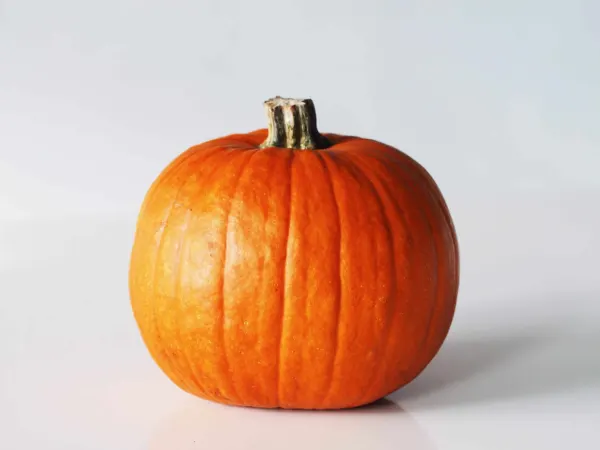
When can babies eat pumpkin?
Pumpkin may be introduced as soon as baby is ready to start solids, which is generally around 6 months of age.
Background and origins of pumpkin
There is so much more to celebrate about the pumpkin than its role as a jack o’ lantern for Halloween. First, not all pumpkins are round and orange; the gourds come in a cornucopia of shapes, textures, and hues—some with brilliant red skin and pale, yellow flesh, others covered by a deep green rind speckled with white streaks, there are even steely blue pumpkins with flesh the color of saffron. Pumpkin is another word for squash—specifically, gourds with thicker skin than chayote, cucumber, zucchini, and other more delicate cousins in the squash family. Pumpkins and squash originated in Central America, where they have been grown by Indigenous people for thousands of years, and today they are cultivated all over the world. Pumpkins also come in a range of flavors. For example, the Halloween carving pumpkins have a watery, flat taste compared to the nutty and sweet calabazas of the Caribbean; the dense, aromatic zapallos of South America; and the smooth, creamy butternuts and cheese pumpkins of North America and Australia.
★Tip: When purchasing fresh pumpkin for cooking, look for smaller squash called “sugar pumpkins” or Long Island Cheese pumpkins. While there are hundreds to try, these two are widely available and delicious when used to make pies and other baked treats.
Videos
Is pumpkin healthy for babies?
Yes. Pumpkin is loaded with vitamin A to help strengthen baby’s eyesight, growth, and immune system. Depending on the variety, pumpkin also contains other essential nutrients like vitamin E, vitamin B6, folate, and fiber, vitamin C, iron, potassium, and more.
Pumpkin is also high in carotenoids—a fancy word for plant compounds, some of which our bodies convert to vitamin A, and others like lutein and zeaxanthin which have antioxidant effects on the body. Studies indicate that carotenoids may reduce the risk of cancer and help address natural cell damage in the body. What’s more, the longer pumpkin is allowed to cure after harvest, the more carotenoids it produces.
When buying containers of processed pumpkin, look for a BPA-free label. BPA is used to line the interior of food containers and plastic bottles, and studies show that frequent exposure can disrupt baby’s bodily functions. Increasingly, companies are moving toward “BPA-free” food packaging, however, similar chemicals called BPS and BPF are also used to line containers. While they are also considered to disrupt the endocrine system in our bodies, there is no legislation requiring the labeling of these chemicals on food products.
★Tip: To cut a large pumpkin without losing a finger or a limb, first place the gourd upright on a cutting board with the stem facing up. Insert a sharp knife near the stem and push down on the knife’s handle to cut through the flesh. Hold the opposite side of the pumpkin and continue pushing the knife down into the pumpkin until it reaches the cutting board. Carefully remove the knife, then repeat on the opposite side. Use your hands to crack the pumpkin in two halves, then scoop out the seeds. Now decide what shapes you want to create—chunks, crescent moons, large cubes—and cut accordingly. Now you’re ready to cook!
Is pumpkin a common choking hazard for babies?
No. Cooked pumpkin is not a common choking hazard, but its seeds can be. As always, be sure to create a safe eating environment and always stay near baby during mealtime. Check out our age-appropriate serving suggestions!
For more information, visit our section on gagging and choking and familiarize yourself with common choking hazards.
Is pumpkin a common allergen?
No. Allergies to both pumpkin flesh and seed are rare, though it’s not uncommon to get an itchy rash on the hands after handling winter squashes. To minimize any reaction, wash your hands after handling, and baby’s face and hands after eating.
As you would when introducing any new food, start by offering a small quantity on its own for the first couple of servings. If there is no adverse reaction, gradually increase the quantity over future meals.
How do you prepare pumpkin for babies with baby-led weaning?
Every baby develops on their own timeline, and the suggestions on how to cut or prepare particular foods are generalizations for a broad audience.
6 to 9 months old:
Offer well-cooked and mashed pumpkin for baby to eat with their hands (or from a pre-loaded spoon) or let baby munch on crescent-shaped pieces of well-cooked pumpkin with the rind on or off (babies will not likely have the jaw strength to bite through the rind at this age). If a too-big piece of food breaks off while eating, stay calm and give the child a chance to work the food forward independently. You can also coach baby to spit food out by sticking out your own tongue and saying, “Ahhh”. Remember that babies have a couple of strong, protective reflexes at this age, including a gag reflex to help keep food forward in the mouth.
9 to 12 months old:
Serve bite-size pieces of well-cooked pumpkin if baby has developed their pincer grasp and consider continuing to offer large pieces of well-cooked pumpkin (rind removed) as well. You can, of course, continue with mashed pumpkin as well, which is a nutritious addition to other soft foods like warm cereal, quinoa, or yogurt.
12 to 24 months old:
Offer bite-sized pieces of well-cooked pumpkin along with a fork to encourage utensil practice. Help show how it is used by pre-loading the fork for the toddler to pick up independently.
For more information on how to cut food for baby’s age, hop over to our section on Food Sizes & Shapes.
Written by
Expert Tips Delivered to Your Inbox
Sign up for weekly tips, recipes and more!
The content offered on SolidStarts.com is for informational purposes only. Solidstarts is not engaged in rendering professional advice, whether medical or otherwise, to individual users or their children or families. No content on this site, regardless of date, should ever be used as a substitute for direct medical advice from your doctor or your medical or health professional, nutritionist, or expert in pediatric feeding and eating. By accessing the content on SolidStarts.com, you acknowledge and agree that you are accepting the responsibility for your child’s health and well-being. In return for providing you with an array of content “baby-led weaning” information, you waive any claims that you or your child may have as a result of utilizing the content on SolidStarts.com.



